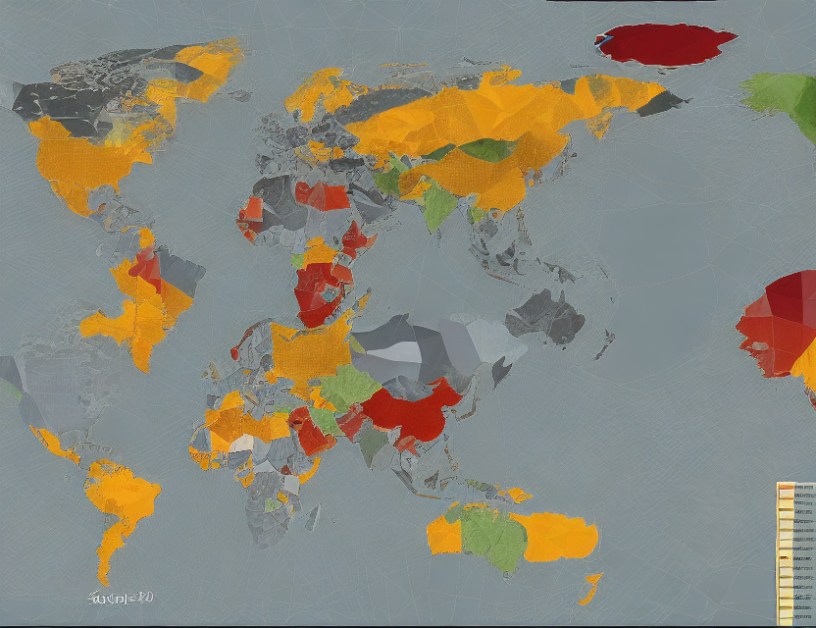In this study, we dive into the coverage of top journals in Web of Science and Scopus from 2001 to 2020 to comprehend how the distribution of scientific output has evolved over time. By analyzing the journal lists for these years, we excluded conference proceedings, book series, and books to focus on regular journals. We also made a deliberate decision to exclude Crimea due to its non-recognition as a country or territory by the United Nations, which might introduce geographical biases.
To obtain more accurate data, we consulted external sources like Scimagor, ISSN portal, DOAJ, Worldcat, and journal websites. Our method employed a temporal analysis over several years to provide a comprehensive picture of how the influence of core countries has changed or if sources from the periphery have alleviated their representation.
Our findings reveal that Web of Science and Scopus journal coverage has undergone significant shifts over the last two decades, with some countries witnessing notable improvements while others face declines in their representation. For instance, China’s influence has grown substantially, whereas the United States and United Kingdom have seen a slight decrease.
By examining these trends, we aim to provide insights into how scientific output is distributed globally and how it might inform strategies for enhancing the inclusivity of scholarly publishing. By understanding the changes in journal coverage over time, researchers can identify areas where they can work towards promoting diversity and representation in their field of study.
In conclusion, this analysis offers a detailed examination of how scientific output is distributed across top countries over two decades, providing valuable insights into the evolution of journal coverage in Web of Science and Scopus. By understanding these trends, researchers can work towards creating a more inclusive and diverse scholarly publishing landscape.
Computer Science, Digital Libraries
Changes in Journal Coverage of Top Twenty Countries in Web of Science and Scopus, 2001-2020



